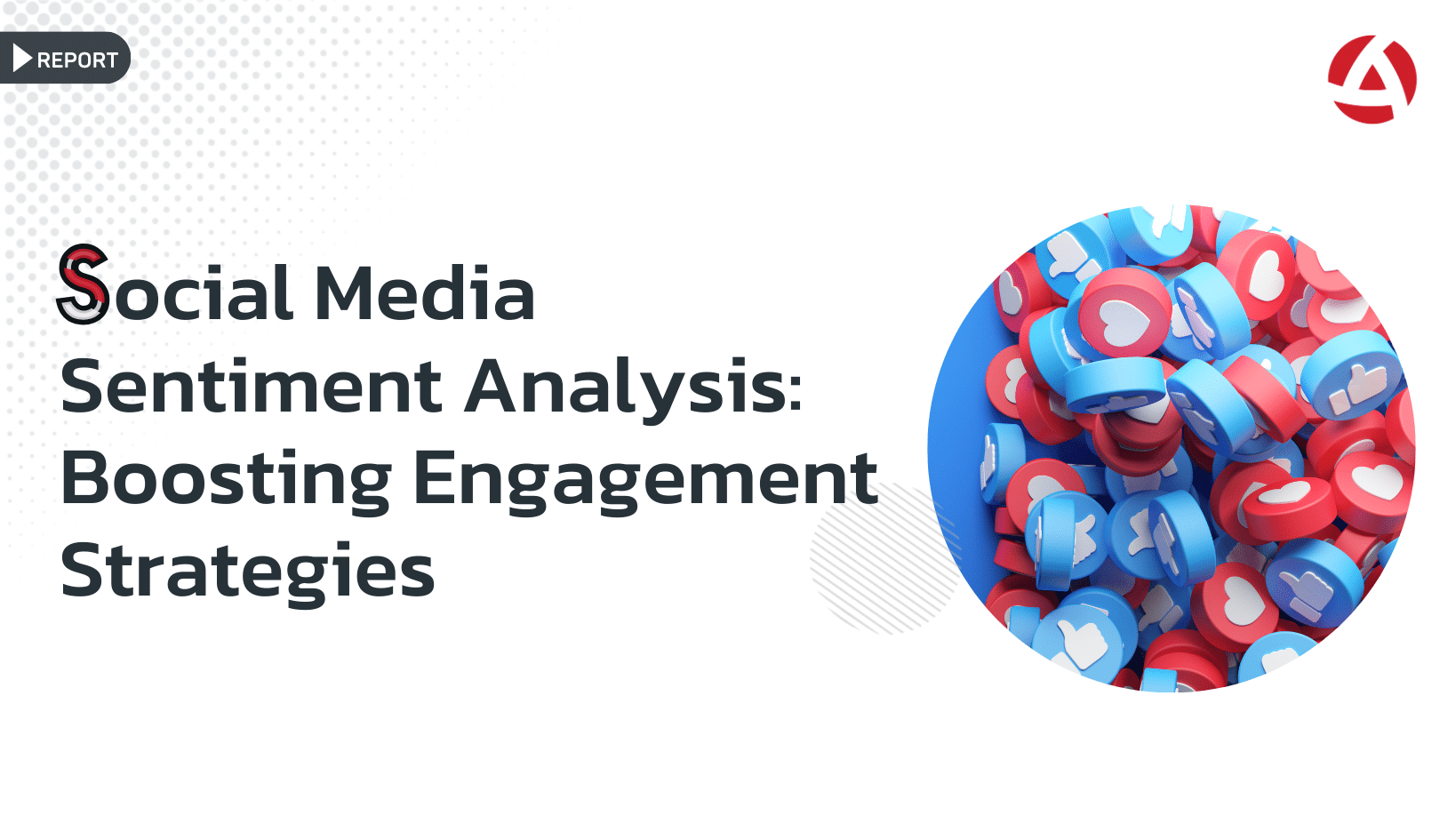In today’s competitive marketplace, understanding and improving customer experience (CX) is paramount for businesses. One of the most powerful tools at their disposal is Customer Experience Analytics. This process involves collecting and analyzing data from customer interactions to derive actionable insights that can enhance CX strategies. But how does one turn raw customer data into actionable insights? Let’s explore the steps involved in this transformative process.
1. Data Collection
The journey begins with data collection. This stage involves gathering information from various customer touchpoints. Sources of data can include:
- Surveys and Feedback Forms: Direct responses from customers provide valuable qualitative data.
- Social Media: Customer sentiments and opinions shared on platforms like Twitter, Facebook, and Instagram.
- Website Analytics: Insights from user behavior on your website, such as page visits, click-through rates, and time spent on pages.
- Customer Support Interactions: Data from emails, chat logs, and call center interactions.
- Transactional Data: Purchase histories, transaction volumes, and patterns.
Effective data collection ensures a comprehensive view of the customer journey, capturing every interaction a customer has with the brand.
2. Data Integration
Once data is collected, it must be integrated into a centralized system. This involves combining data from various sources to create a unified view of the customer. Tools like Customer Relationship Management (CRM) systems and data warehouses play a crucial role in this stage. Integration ensures that all data points are connected, providing a holistic view of customer interactions.
3. Data Cleaning and Preparation
Raw data is often messy and incomplete. Data cleaning involves:
- Removing Duplicates: Eliminating redundant entries to ensure accuracy.
- Handling Missing Values: Using techniques like imputation or deletion to manage missing data.
- Standardizing Formats: Ensuring consistency in data formats for seamless analysis.
Clean and well-prepared data forms the foundation for accurate and meaningful analysis.
4. Data Analysis
This is the heart of Customer Experience Analytics. Various analytical techniques are employed to uncover patterns and insights:
- Descriptive Analytics: Summarizes past data to understand what has happened. Tools like dashboards and reports are used.
- Predictive Analytics: Uses statistical models and machine learning to predict future customer behavior based on past data.
- Prescriptive Analytics: Recommends actions based on the analysis to improve customer experience.
Techniques such as sentiment analysis, trend analysis, and correlation analysis help in understanding customer sentiments, identifying trends, and uncovering relationships between different variables.
5. Deriving Actionable Insights
Data analysis produces results, but the key is to interpret these results to derive actionable insights. This involves:
- Identifying Pain Points: Understanding areas where customers face challenges or dissatisfaction.
- Recognizing Opportunities: Finding aspects where customer experience can be enhanced.
- Segmenting Customers: Categorizing customers based on behavior, preferences, and demographics to tailor strategies.
Insights should be specific, measurable, and aligned with business goals to drive effective actions.
6. Implementing Changes
With actionable insights in hand, the next step is implementation. This involves:
- Strategy Development: Formulating strategies and plans to address the identified issues and opportunities.
- Action Plans: Creating detailed action plans with clear timelines and responsibilities.
- Resource Allocation: Ensuring the necessary resources are available to implement the changes.
Implementation should be monitored closely to track progress and make adjustments as needed.
7. Continuous Monitoring and Improvement
Customer experience is not static. Continuous monitoring and improvement are essential to ensure sustained success. This involves:
- Feedback Loops: Regularly collecting feedback to gauge the impact of implemented changes.
- Performance Metrics: Using key performance indicators (KPIs) to measure success.
- Iterative Improvements: Making iterative improvements based on ongoing analysis and feedback.
This cyclical process ensures that customer experience strategies remain relevant and effective in a dynamic market environment.
Conclusion
Turning raw customer data into actionable insights is a multifaceted process that involves data collection, integration, cleaning, analysis, and implementation. Customer Experience Analytics is a powerful tool that can significantly enhance customer satisfaction and loyalty by providing a deep understanding of customer behaviors and preferences. By following this process, businesses can make informed decisions that lead to improved customer experiences and ultimately drive business success.
If you want to learn more about Customer Experience Analytics, you could check out our blogs: How Customer Experience Analytics Boosts Customer Retention and Customer Experience Analytics and Data Privacy




